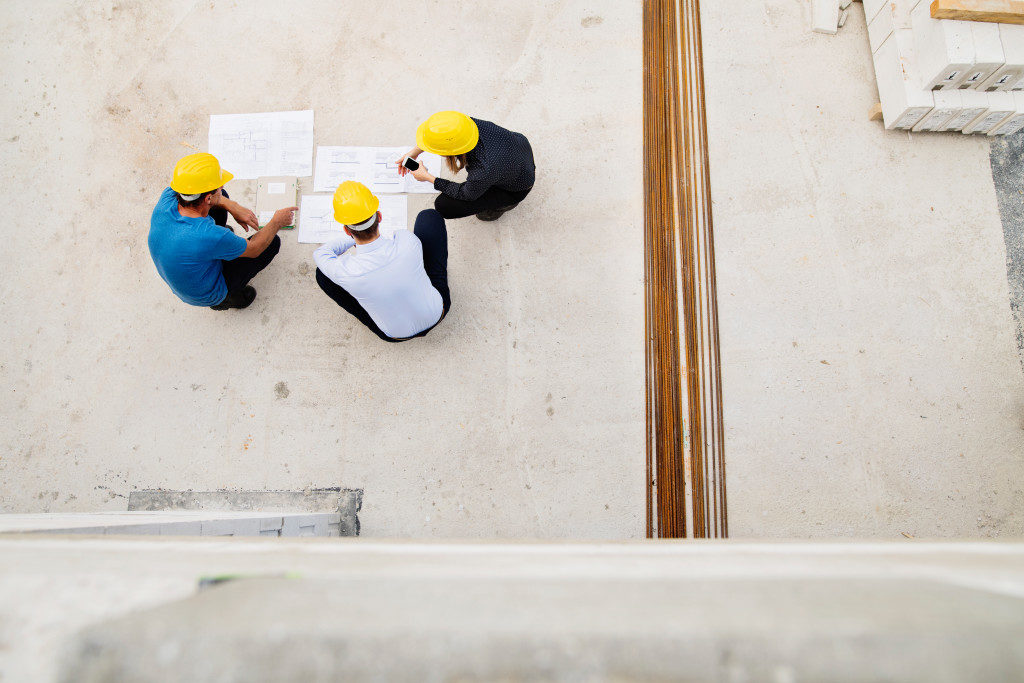It doesn’t matter whether the construction project is big or small. Anyone who plans to build something from the ground needs to work with geotechnical engineers stat. Why? The following provides the reasons:
1. The Physical Landscape Is Diverse
The UK has one of the most diverse landscapes in the world. It has glacial areas, uplands, lowlands or flats, and mountainous regions. The soil can also vary. Some may have silty or sandy soil, while others may experience clay or alkaline soil.
While diversity makes the country beautiful, it also poses many challenges in construction. Teams, such as Southern soil nail contractors, may be necessary to offer stability to the area, especially if it has a steep slope.
With soil nailing, contractors bore holes and insert steel bars into the slope. Then, they place a mesh to keep everything together. This method also helps in reducing the risks construction workers face at the site. When slopes are present, the chances of rock and landslides are high.
2. Earthquakes Do Happen in the UK
The UK is not as prone to earthquakes as Japan or California. One of the reasons is it’s not within the Pacific Ring of Fire, and its fault lines are already ancient and are most probably extinct.
It doesn’t mean, though, that this natural phenomenon doesn’t happen at all. In 1931, a strong earthquake occurred around Dogger Bank. It registered a magnitude of 6.1. Although it was far from the mainland, it still caused damage to structures on the east coast.
According to records, the people feel at least 20 earthquakes each year, while sensitive monitoring instruments can detect dozens of tremors that are too small for the Brits to feel. However, the country may experience a magnitude 4 quake every two years. It may cause slight damage to buildings.
3. Injuries and Deaths Still Occur in Construction

In the latest report by the Health and Safety Executive (HSE), at least 30 people working in the construction industry died between 2018 and 2019. The number of fatalities hardly changed since 2014.
Among these incidents, 14% of deaths occurred due to falling from a height. At least 14% lost their lives due to being trapped by a collapsing object. Another reason may be an object that overturned.
At least 50,000 of these workers suffered non-fatal injuries. While they’re less likely to get themselves injured due to slips and trips, their chances of falling from a height were higher than employees of other industries. They were also more prone to injuries from being struck by a vehicle or being hit by a flying object.
The instability of the soil or the landscape may contribute to all these types of injuries. Based on regulations, builders must safeguard the health and safety of their employees. That includes taking all the precautions, such as conducting comprehensive surveillance of the area.
Geotechnical engineers can do more than surveying the construction site. They can also perform a thorough assessment and conduct soil analysis. They can test a bedrock’s integrity and provide ideas for builders on how to strengthen their foundation.
In other words, they help builders in many ways. They can improve safety in the workplace, as well as create structures that can last for a long time even when earthquakes happen.

